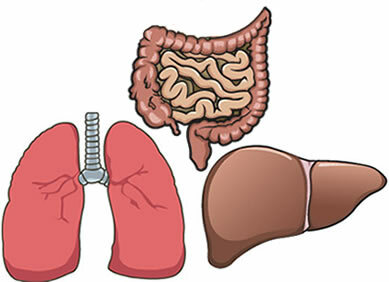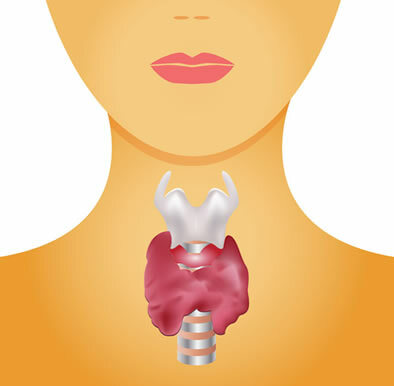The human body has many types of tissues. There are those that line our muscles, those that line our organs, those that form our bones, our blood, among many others. In this article, we'll learn a little more about the epithelial tissue, well known also as epithelium.
There are two types of epithelia: o lining epithelium it's the secretion epithelium.
O lining epithelium is responsible for lining our entire body (skin), including our internal organs (organs of the digestive, respiratory and urinary systems). This type of epithelium acts on the perception of our tact and acts like a protective barrier preventing the entry of microorganisms into our body and the evaporation of water. It is also through it that our organism can absorb nutrients of food and the oxygen, which is used in our breath.

Our internal organs are made up of lining tissue.
You lining epithelia may have one or more layers of cells. when it has only one layer of cells, he is called simple epithelium. When he has several layers of cells, it it's called stratified epithelium.
As seen earlier, our internal organs are lined with lining epithelium. This epithelium has only a layer of cells. This single layer of cells is very important for these organs, because in this way, they can better absorb the oxygen and nutrients they need. For example, in the small intestine the absorption of nutrients that our body needs to maintain its metabolism occurs. Because it is made up of a single layer of cells, this absorption becomes much easier.

Small intestine lining epithelium. Note that there is only one layer of cells.
already our skinis formed by several layers of cells, which gives it very high protection against friction and also against microorganisms.

In the figure, the arrow is indicating the layers of skin cells
O secretion epithelium, also called glandular epithelium, é formed by the glands. Glands are a set of epithelial cells that are specialized in producing various substances that are useful to our body. At glands are classified into exocrine and endocrine. At exocrine glands are those whose substances produced are thrown to out of the organism through a channel. We have as examples of exocrine glands: at mammary glands, which produce milk; salivary glands, which produce saliva; sweat glands that produce sweat, etc.
At endocrine glands are those whose substances they produce are released into the blood flow. Examples of endocrine glands The hypophysis, at adrenals, a thyroid etc.

The thyroid gland is one of the endocrine glands that are part of the human body.
Take the opportunity to check out our video classes on the subject:


